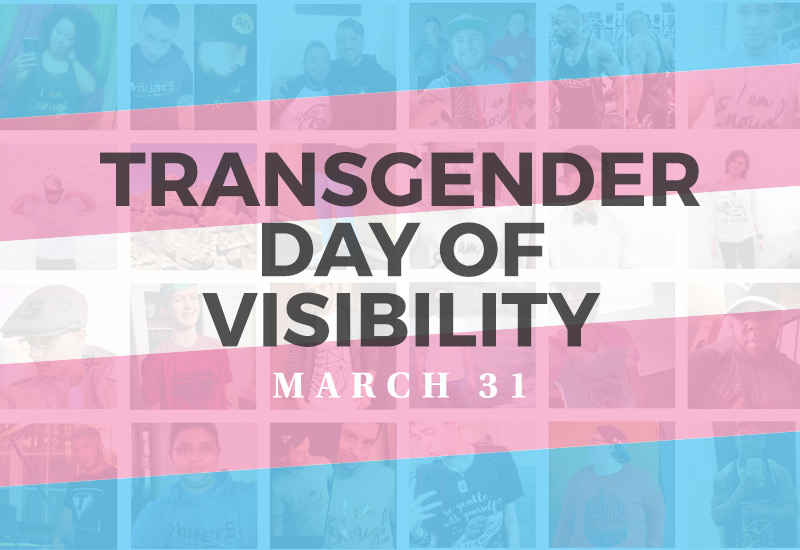To celebrate International Day of Transgender Visibility 2021 our Director, Lucy, wrote the following article for the Housing Quality Network on why the use of inclusive language matters. We like it so much we thought we would share it here too…
International Day of Transgender Visibility – Inclusive Language Matters
March 31 2021 is the 12th annual International Day of Transgender Visibility. The event celebrates the resilience and success of transgender and gender non-conforming people and raises awareness of transgender rights.
A perfect opportunity to reflect on the language we use and how inclusive it really is, or is not!
How many of us can really, hands on heart, say we always use inclusive language? That we haven’t used the phrase ‘man-flu’ or ‘ladies and gentlemen’ or ‘guys’ to address a group?
On the surface these may seem like harmless phrases, but through an inclusive lens, they are inherently gendered and gendered language is problematic because it assumes that gender is binary, yet this is simply not true.
Life can be pretty stressful for us all, particularly over the last year, but can you even imagine having to carry the additional emotional weight of the microaggression felt when you are misgendered, of not feeling included when you are in the room?
According to the statistics, around 4% of the general population in Europe and about 12% of millennials identify as transgender or gender non-conforming. And in Gen Z the numbers are higher, it’s believed one in 5 may identify as such. I know this to be true from personal experience, in my daughter’s small sixth form class last year, five students identified as non-binary.
But whatever the numbers, not being inclusive is wrong and our language is one simple way in which we can all be more inclusive.
I suspect most readers will have seen the increased use of personal pronouns on email signatures, social media and after people’s names during the endless Zoom/Teams/Google Meets that we are all involved in? Some will no doubt know exactly why we do this, for others I imagine it is still a mystery.
Displaying our personal pronouns is a mark of respect and validation, it’s a visible sign of support, it demonstrates allyship and provides a space for others to share theirs.
Many trans people identify on the traditional binary scale as either male or female and as such will use he/him or she/her as their pronouns yet many others who also fall under the broad category ‘trans’, such as genderqueer, gender-fluid, and non-binary individuals, will use alternative pronouns, such as they/them or ze/zir, ze/hir, xe/zem, zie/hir, xe/xem and ev/em.
Interestingly, the pronoun and gender neutral language debate isn’t a new one. It’s been around in literary circles since at least the late 18 century. Shakespeare and Jane Austen, among many other famed English writers, used singular ‘they’ and ‘their’, and that was the standard until the Victorian era when the generic ‘he’ was imposed.
The suffragettes argued that if ‘he’ is treated as generic in criminal law, then the voter ‘he’ should include women as well. The courts at the time disagreed, although they continued to uphold ‘he’ as including women when it came to obligations such as paying taxes!
We don’t need to wait for the courts to determine that trans individuals are fully protected under the law. Instead we can and should all consciously use gender neutral language and proactively incorporate the use of our pronouns to increase understanding and acceptance.
So, on this International Day of Transgender Visibility, show your support, commit to no longer using gendered language and display your personal pronouns, it is one small, simple and yet significant step we can all take to be more inclusive.
Positive About Inclusion is a consultancy and training provider who support organisations on their inclusivity journey. Please contact Lucy at lucy@positiveaboutinlcusion.com for more information or visit our website at www.positiveaboutinclusion.com



